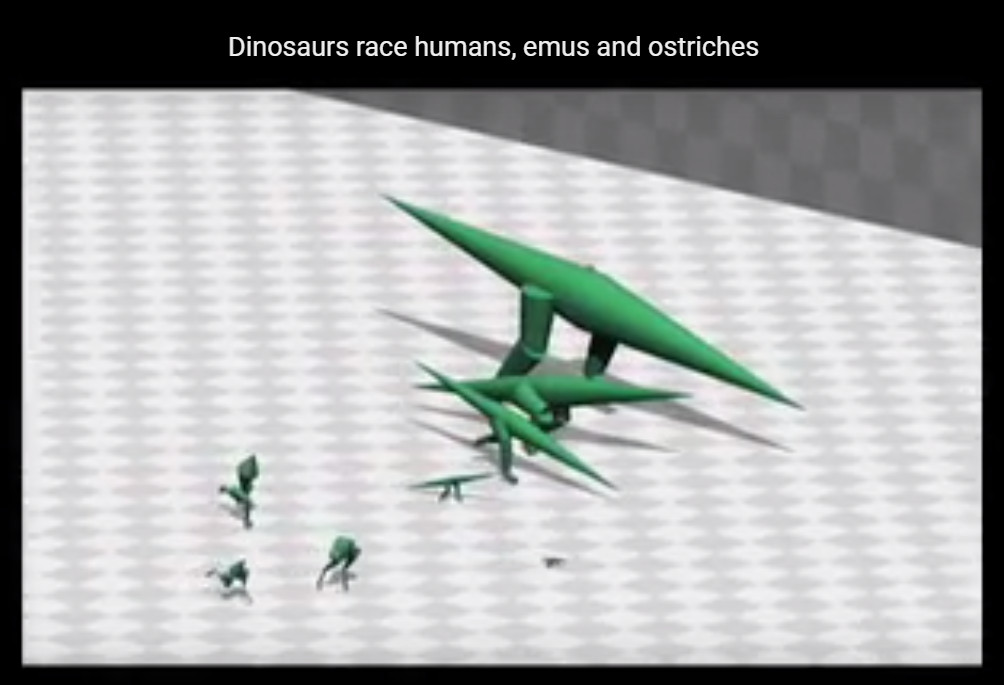 An astonishing amount of information can be learned from fossilized bones that are millions of years old, but what about the many questions that we can’t know for sure? How fast did dinosaurs move? Did any species have feathers? Who picks the names of newly-discovered species? We may not have any living specimens around to observe, but there are hundreds of excellent videos that share information about what dino life might have been like.
An astonishing amount of information can be learned from fossilized bones that are millions of years old, but what about the many questions that we can’t know for sure? How fast did dinosaurs move? Did any species have feathers? Who picks the names of newly-discovered species? We may not have any living specimens around to observe, but there are hundreds of excellent videos that share information about what dino life might have been like.
If you find a video that you’d like to share with us, please leave a comment!
How do dinosaurs get their names?
How did dinosaurs move?
Did dinosaurs have feathers?
The tail of a 99-million-year-old dino, including bones, soft tissue, and even feathers, has been found preserved in amber. The discovery is exciting… and truly beautiful as shown in this National Geographic video.
Are there dinos among us today?
The evolution of life on Earth is full of amazing episodes. But one story that really captures the imagination is the transition from the dinosaurs that dominated the planet for around 170 million years into a new, small, airborne form we now recognize as birds. The fossil record of this story grows richer by the day. So rich, in fact, that the boundary between the animals we call birds and the animals we traditionally called dinosaurs is now practically obsolete. A special exhibit at the American Museum of Natural History in New York explains how the transformation continues today.
How fast were dinosaurs?
Plus…
We’re grateful to the Smithsonian’s National Museum of Natural History for this excellent compilation of videos on all things dino. Take a look!
- Time: It’s Like, So Deep Smithsonian Science Education Center
- How Do We Know How Dinosaurs Moved? Q?rius
- How Paleontologist’s Identify Dino Teeth Q?rius
- The Last American Dinosaurs NMNH
- Last American Dino Exhibit featured videos National Museum of Natural History (NMNH)
- Valley of the Last Dinosaurs Denver Museum of Nature & Science (DMNS) and Howard Hughes Medical Institute (HHMI)
- Scientists in Action: Kirk Johnson DMNS
- Discussion – The Day the Mesozoic Died Howard Hughes Medical Institute
- Arrival of the Nation’s T. rex NMNH

